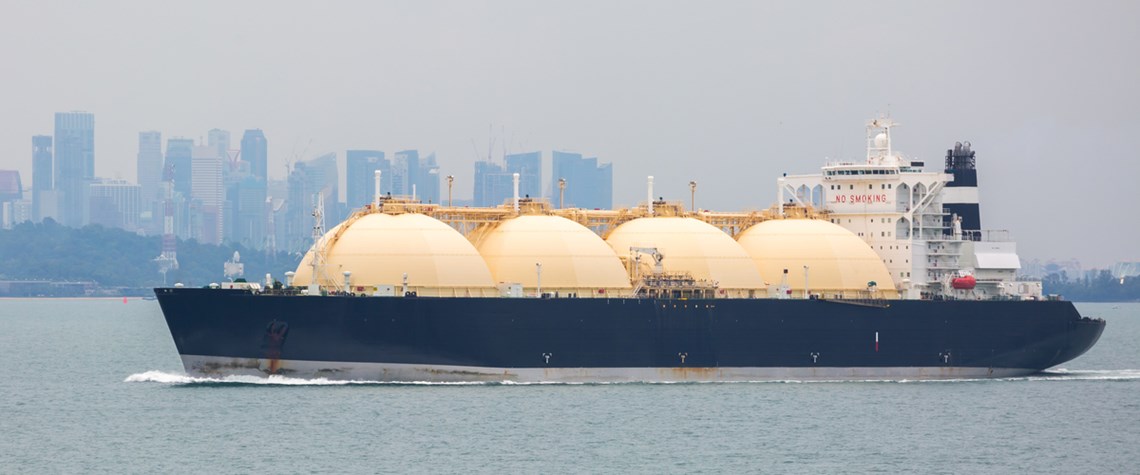LNG to help solve global energy supply crunch
Russia’s isolation following its invasion of Ukraine could lead to LNG trade growing faster than previously expected—but only if new supply and infrastructure can be realised in time to avert demand destruction, says Giignl’s Vincent Demoury
The LNG business has been though a tumultuous couple of years. Firstly, it experienced a period of record low prices, partly because of the Covid pandemic, followed by exceptionally high prices—because of an unexpectedly robust post-pandemic economic recovery and constrained supply—and now, with the war in Ukraine, a major turning point for the global energy balance. In May, the Paris-based International Group of LNG importers (Giignl) published its annual state-of-the-industry report, documenting how the business fared in 2021. Petroleum Economist sat down with the association’s general delegate, Vincent Demoury, for his take on what the future holds and how the industry is responding.

Also in this section
12 December 2025
The latest edition of our annual Outlook publication, titled 'The shape of energy to come: Creating unique pathways and managing shifting alliances', is available now
12 December 2025
The federal government is working with Alberta to improve the country’s access to Asian markets and reduce dependence on the US, but there are challenges to their plans
11 December 2025
The removal of the ban on oil and gas exploration and an overhaul of the system sends all the right messages for energy security, affordability and sustainability
10 December 2025
The economic and environmental cost of the seven-year exploration ban will be felt long after its removal







